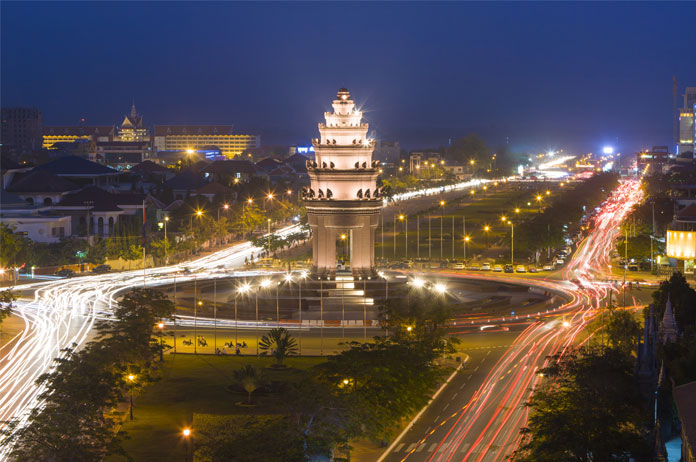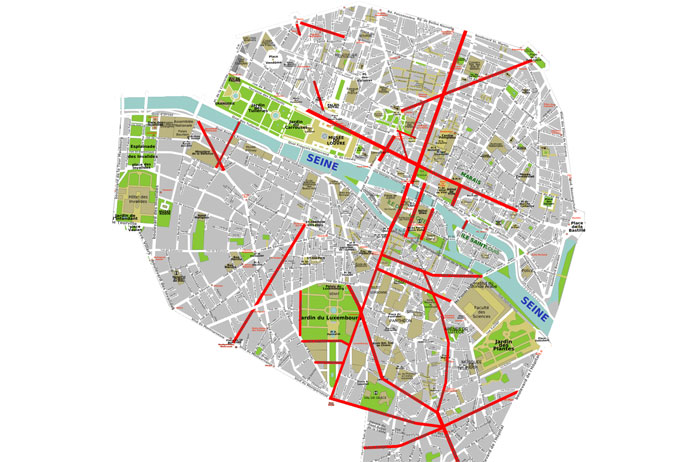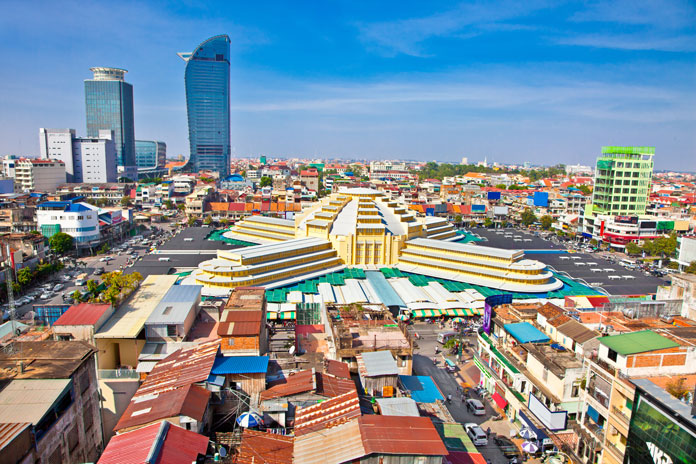Inside Construction: A Master Plan For Phnom Penh

We publish an opinion piece from Pawel Siudecki, director of The Room Design Studio, regarding the necessity of an official Master Plan in aiding the development of Cambodia’s rapidly expanding capital city.
Less than 200 years ago under Napoleon III’s rule, the entire centre of Paris was torn down and redesigned to the build the capital city of France we know today. The regeneration of Paris by Baron Georges Haussmann took almost 20 years to complete and followed his strict rules and regulations. Today, his vision and framework would be known as a “Master Plan”.

Looking at the silhouette of Phnom Penh, one may assume someone is implementing an equally courageous vision in this city. However, nowadays Master Plans are much more detailed than Haussmann would have provided. They would include drawings, regulations and 3D mock-ups, each defining and reaffirming the development direction of a city. Around the world, many cities are currently being redeveloped or regenerated to suit the ever-changing needs of their users. Many of these plans are designed around local history, traditions, historical buildings and, above all, the people living and using them. Urban planners, architects and specialists in many different fields would normally work together to specify and shape the city. Infrastructure is the key to a successful plan.

Phnom Penh is growing and changing at a rapid pace, with a vast array of development across and around the city. With so many new developments, many issues are arising which could be prevented with an in-depth Master Plan. Phnom Penh, like many developing cities, is facing major infrastructure issues including public transport, roadways, drainage, power distribution and communication systems to name but a few. In addition to these there is a significant lack of green spaces within the city.
This, in conjunction with a reduction of mature trees, is reducing the city’s ability to “breath”. These issues should be addressed as one while preparing a Master Plan. The plan should also be discussed with the public through consultations. These should be available to everyone, not the select few. Phnom Penh is a dynamic city and the Master Plan should reflect this whilst being adaptable to the changing needs of the city’s future. It should be developed by experts as soon as possible, but not rushed. The interests of the city should be equal to the interests of the local community and to the interests of the country as a whole.